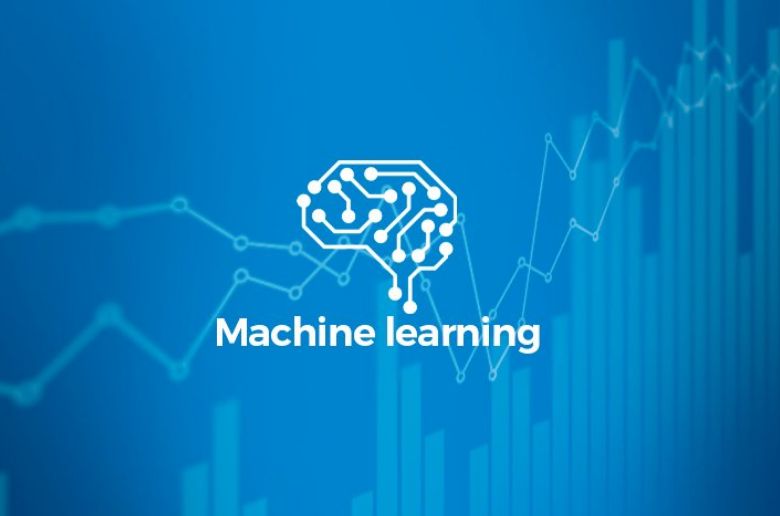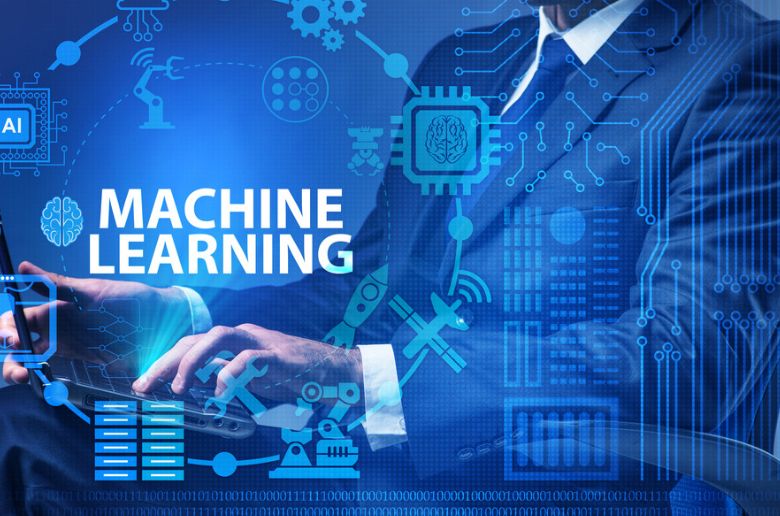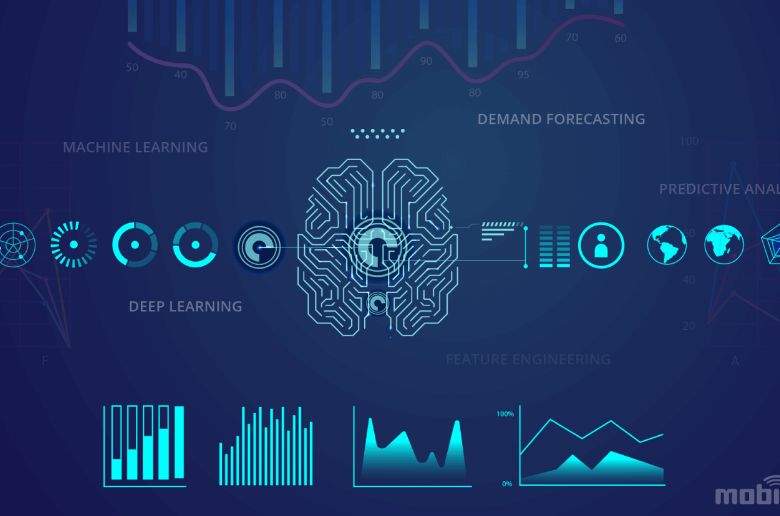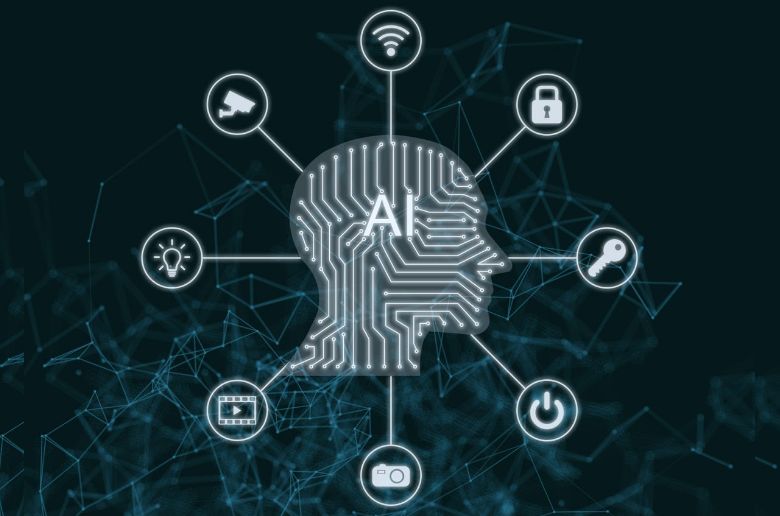Machine learning is a method of data analysis that automates analytical model building. It is a branch of artificial intelligence based on the idea that systems can learn from data, identify patterns and make decisions with minimal human intervention.
Machine learning uses algorithms to build analytical models, helping computers “Learn” from date. It can now be applied to huge quantities of data to create exciting new applications such as driverless cars, practical speech recognition, effective web search, and a vastly improved understanding of the human genome. Machine learning is so pervasive today that you probably use it dozens of times a day without knowing it.








